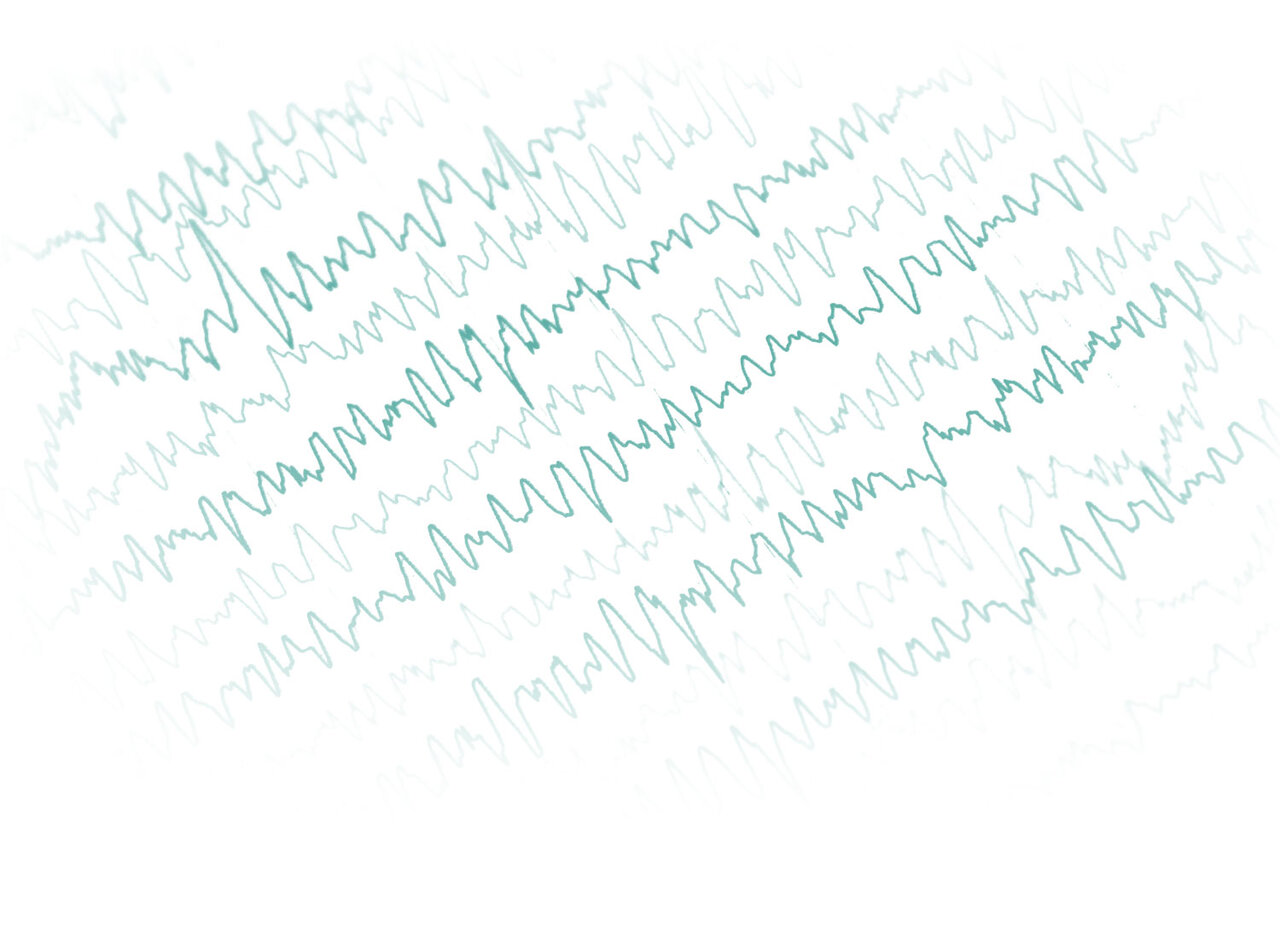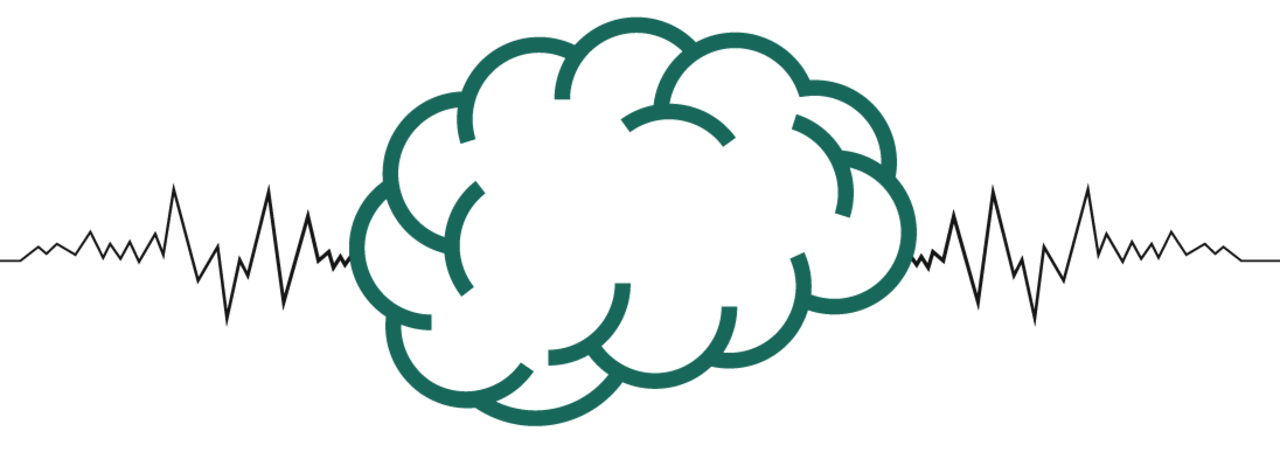The EEG is a functional test that allows the collection of electrical activity in the brain. This examination is non-invasive and painless.
Presentation
At any age, it allows the diagnosis of daytime or nocturnal epilepsy, to eliminate it (certificate, pseudo-seizures) or to evaluate the effectiveness of an antiepileptic drug and to assess vigilance.
An electroencephalogram (EEG) must be performed in an approved center and under the responsibility of a neurophysiologist.

What are the indications for outpatient EEG?

In children:
- Before the introduction of a psychostimulant
- As part of the evaluation of mental retardation
- In case of unexplained sleepiness
In adults:
- Early cognitive impairment
- Unexplained malaise
- Atypical motor manifestations
In the senior citizen:
- In the face of a confusional syndrome
- Psychogenic syncope
- Cognitive disorders or fluctuations
- Psychomotor slowing down mislabeled
(differential diagnosis with melancholia)
Practical information
How does this exam work?
- The EEG technician places 21 electrodes on the scalp in a symmetrical way to cover the whole head.
- The patient is installed comfortably (armchair or bed depending on the case), in a quiet room with little light, in order to promote relaxation.
- Activation exercises are then performed to sensitize the arrival of any abnormalities through breathing techniques or through light.
The different types of EEG
In the lab:
- Standard EEG
20 to 30 minutes - Nap EEG
Approximately 1 hour
Usually done after sleep deprivation and a non-pathological standard EEG - Long-term EEG
4 hours minimum
With sleep analysis + video - Iterative Sleep Latency Tests
4 to 5 30-minute naps - Tests for maintaining wakefulness
4 sessions of 40 minutes in a chair
Outpatient:
- Holter EEG
12 to 24 hours
Performed at home with sleep analysis